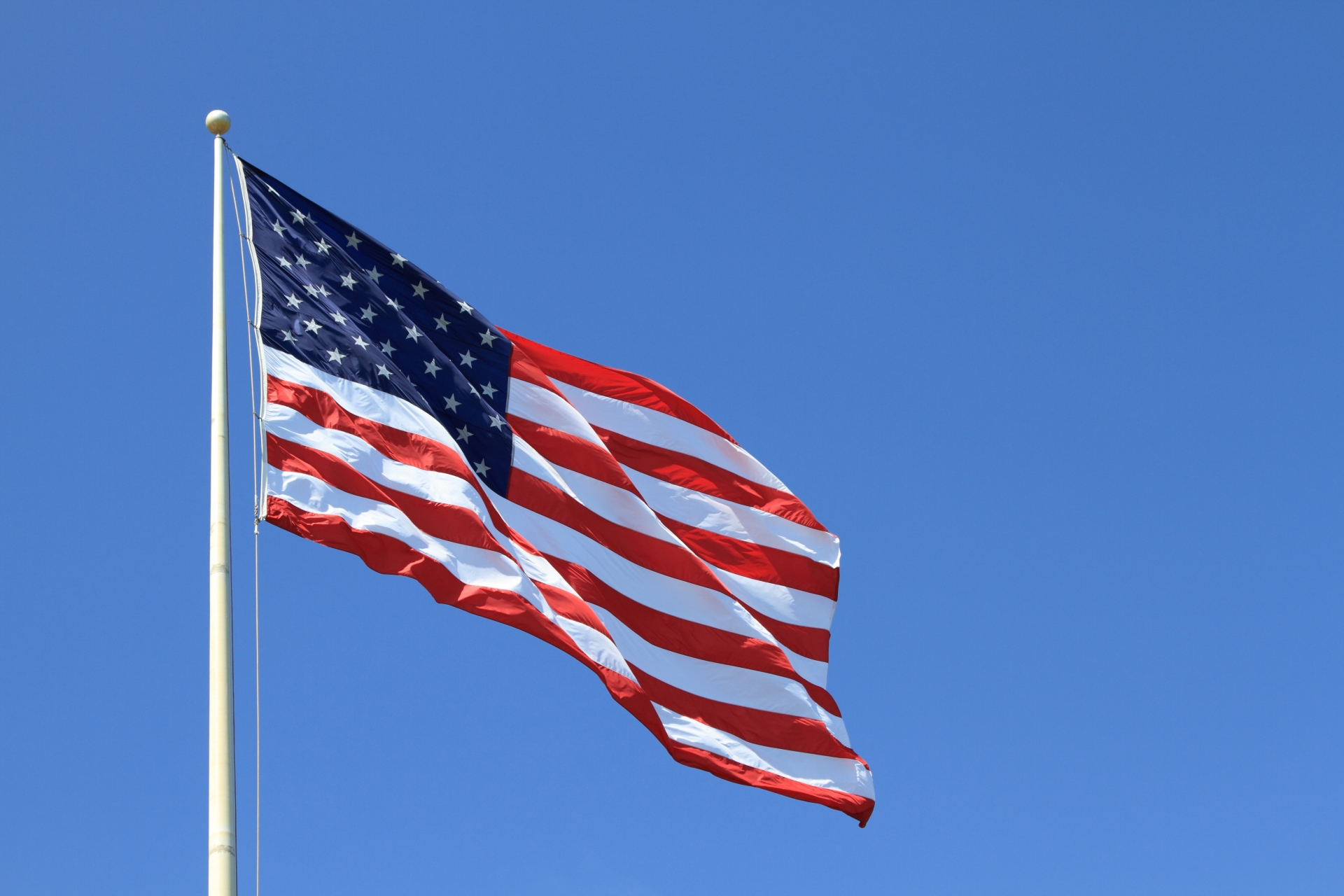- New York State in the northeastern U.S. experiences increased heat and humidity during summer, especially in urban areas where muggy conditions are prominent. However, the state also has many cool highlands and lakeside retreats, making for significant regional climate differences. Here, we explain in detail the reasons why New York gets hot, how to cope with the heat, and cool places to visit.
- 1. Reasons Why New York Gets Hot
- 2. Heat Countermeasures
- 3. Cool Spots (Places to Escape the Heat)
- Summary
New York State in the northeastern U.S. experiences increased heat and humidity during summer, especially in urban areas where muggy conditions are prominent. However, the state also has many cool highlands and lakeside retreats, making for significant regional climate differences. Here, we explain in detail the reasons why New York gets hot, how to cope with the heat, and cool places to visit.
1. Reasons Why New York Gets Hot
1-1. Influence of Humid Continental and Maritime Climates
- The southern and eastern parts of the state have humid continental and maritime climates, with many summer days exceeding 30°C (86°F) and high humidity.
- High humidity reduces sweat evaporation, causing the apparent temperature to feel higher than the actual temperature.
1-2. Moist Air from the Atlantic Ocean and Great Lakes
- Moist air flows in from the Atlantic Ocean and the Great Lakes, increasing humidity.
- Coastal areas such as New York City and Long Island often experience persistently high humidity and muggy conditions.
1-3. Urban Heat Island Effect
- Large metropolitan areas, including New York City, accumulate heat in asphalt and buildings, making nighttime temperatures slow to fall.
- This results in frequent tropical nights, increasing the perceived heat.
1-4. Heat Retention Due to Inland Terrain
- Basins and plains in the northern and inland parts of the state often have poor ventilation, causing heat to accumulate during the day.
2. Heat Countermeasures
2-1. Personal Measures
- Frequently replenish water and salt.
- Wear breathable clothing, hats, and use sunscreen.
- Avoid going out during peak heat hours (1 p.m. to 4 p.m.).
2-2. At Home and Facilities
- Use blackout curtains or blinds to block sunlight and prevent indoor temperature rise.
- Use air conditioning combined with dehumidifiers to control temperature and humidity.
- Increase greenery and provide outdoor shade to mitigate the heat island effect.
2-3. Community and Government Efforts
- Establish cooling centers (public heat-relief facilities), especially supporting the elderly and children.
- Issue heat warnings and conduct heatstroke prevention campaigns.
3. Cool Spots (Places to Escape the Heat)
3-1. Catskill Mountains
- A mountainous region in the southern part of the state with high elevation, offering cool summer retreats.
- Popular for hiking and camping.
3-2. Adirondack Mountains
- A vast mountainous region in the northern part of the state with high elevation and cool summer temperatures.
- Surrounded by lakes and forests, it is a nature-rich retreat.
3-3. Finger Lakes Region
- Known for its many lakes, where waterside breezes provide cooling effects.
- Famous for wineries and natural parks, making it a popular tourist destination.
3-4. Long Island Coast
- Some coastal areas benefit from sea breezes, providing relief from the heat.
- Beaches and swimming areas are popular summer retreats.
Summary
| Item | Details |
|---|---|
| Causes of Heat | Humid continental and maritime climates, moisture from the Atlantic and Great Lakes, urban heat island effect, inland heat retention |
| Heat Measures | Hydration, shading and dehumidifying, avoiding outdoor activity during peak heat, greening and use of cooling facilities |
| Cool Places | Catskill Mountains, Adirondack Mountains, Finger Lakes, Long Island coast |



コメント